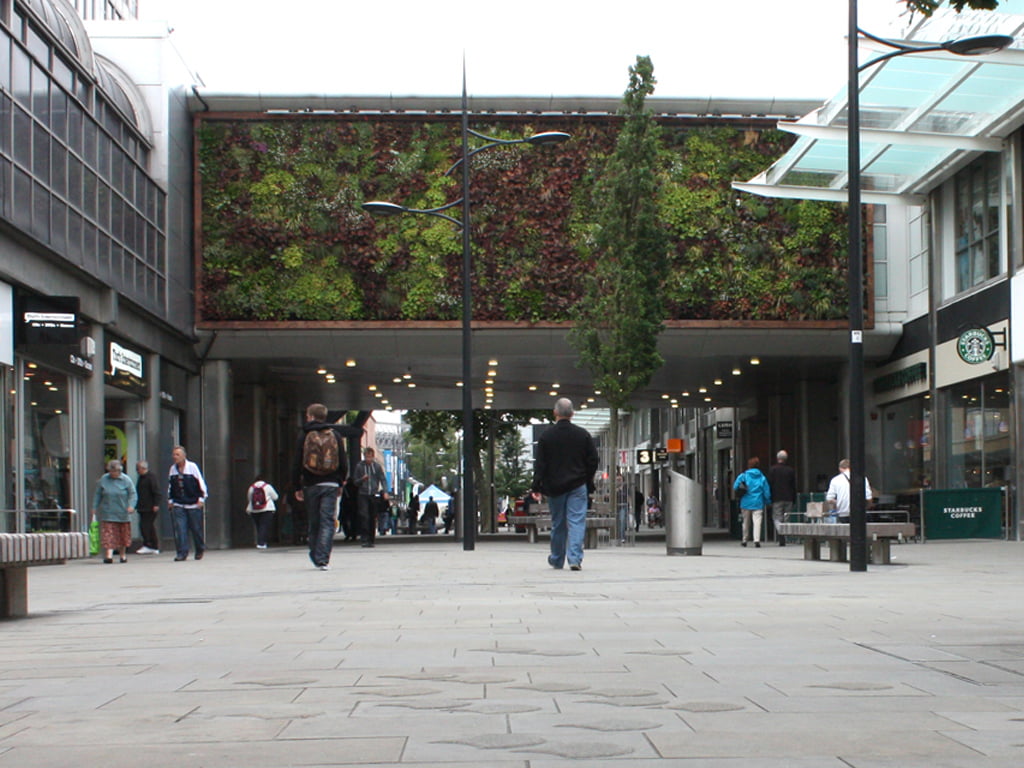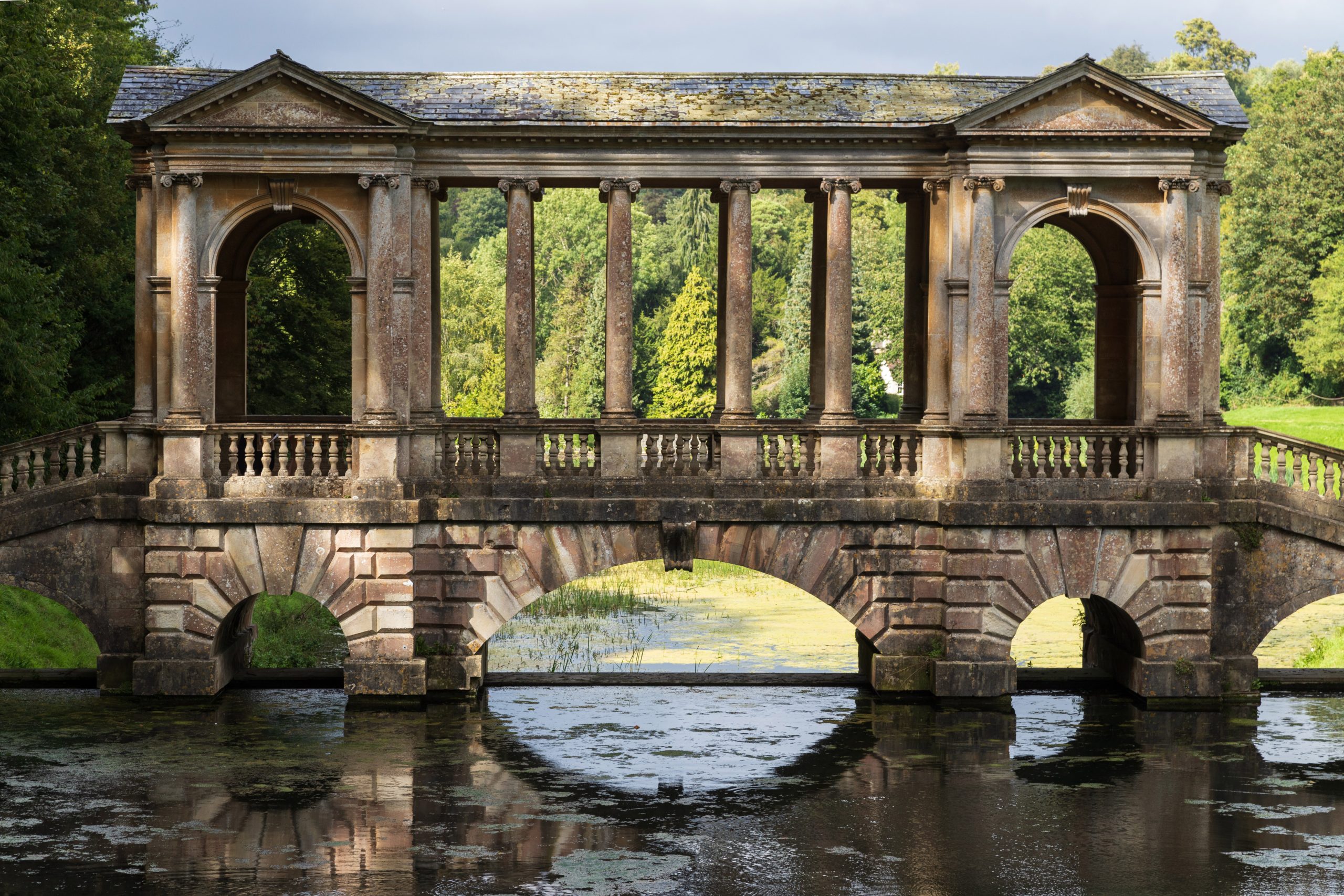The Hanging Gardens of Babylon dated in 600 BC has been cited as the earliest recorded example of purpose built green walls (also known as vertical gardens or living walls). In the past decade they have become increasing popular building integrated design solutions for urban areas; notably large green walls are in London’s Westfield Shopping Centre and Musée du Quai Branly, Paris.
Previous research has demonstrated a link between urban greening and well-being. More recently scientists at the Universities of Birmingham and Lancaster argue that by ‘greening up’ our streets it could increase air quality through a massive 40 to 60% reduction in pollutants, according to research published in the journal Environmental Science and Technology published in July 2012.
Green walls can also be part of green infrastructure proposals (which can also include green roofs and other ‘greening’ design solutions) particularly where there is a desire to ‘green-up’ an area but where there is little practical prospect to do so at street level. The immediate visual effect is impressive especially in dense urban areas. These vegetated walls come in a variety of forms from naturally irrigated climber and wire support based systems to artificially irrigated pocket-planted systems; these can be installed internally and externally on facades and walls.
We have experience of providing planting concept designs and leading the preparation of performance specifications for several types of systems, recent NPA examples are:
• One Brighton
As well as green roofs, sky gardens and roof top allotments, green walls were also installed on the facades of two new build eleven storey high buildings based on artificially irrigated climber and wire support based systems.
As part of the public realm renewal project, an artificially irrigated pocket-planted system was retrofitted on to one side of a covered walkway above the shopping street and the side of a vehicular bridge.
• Life Sciences, University of Bristol
A 5 storey high artificially irrigated pocket-planted system is to be installed on the façade of the proposed Life Sciences Building which is currently under construction.






